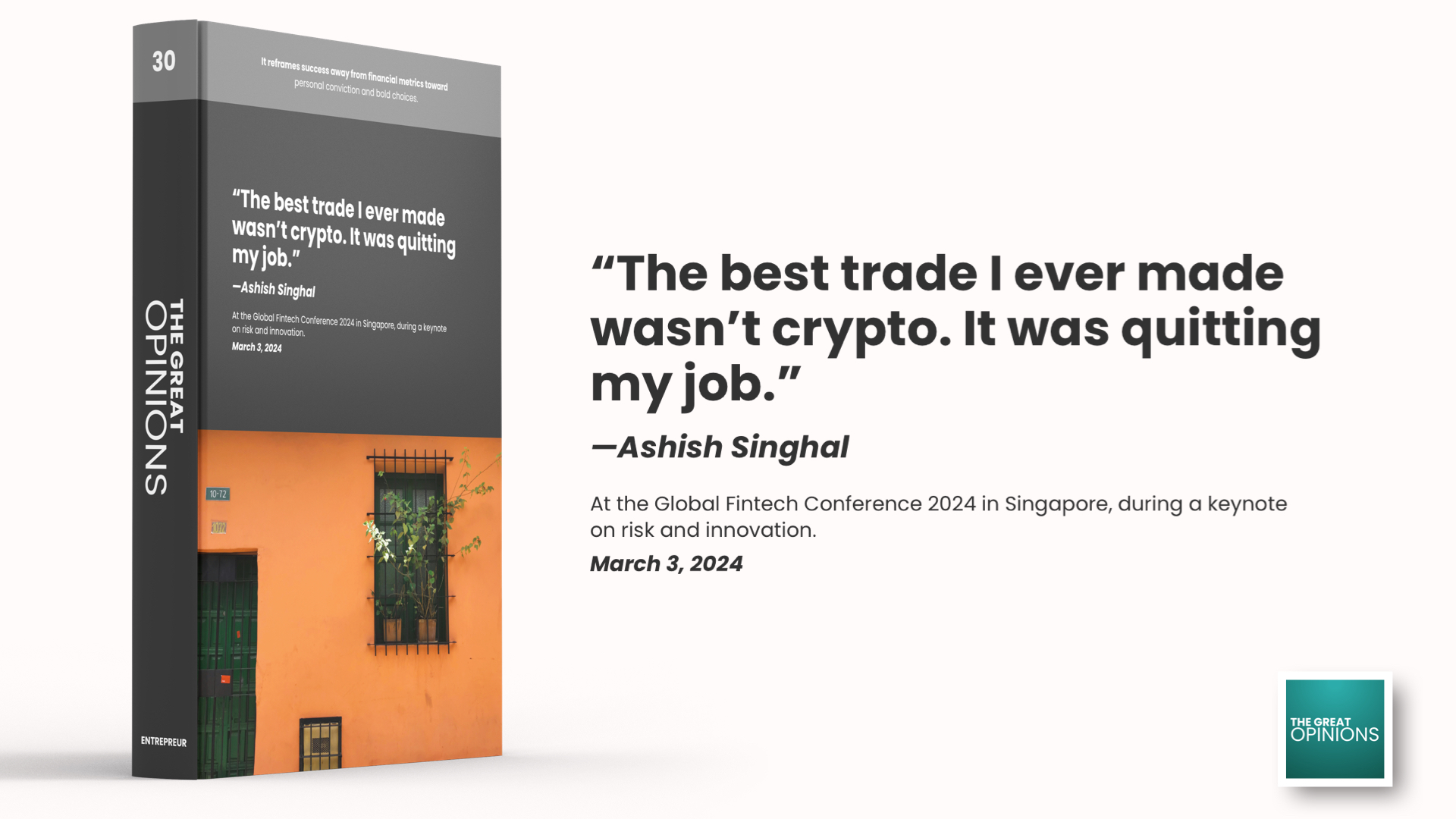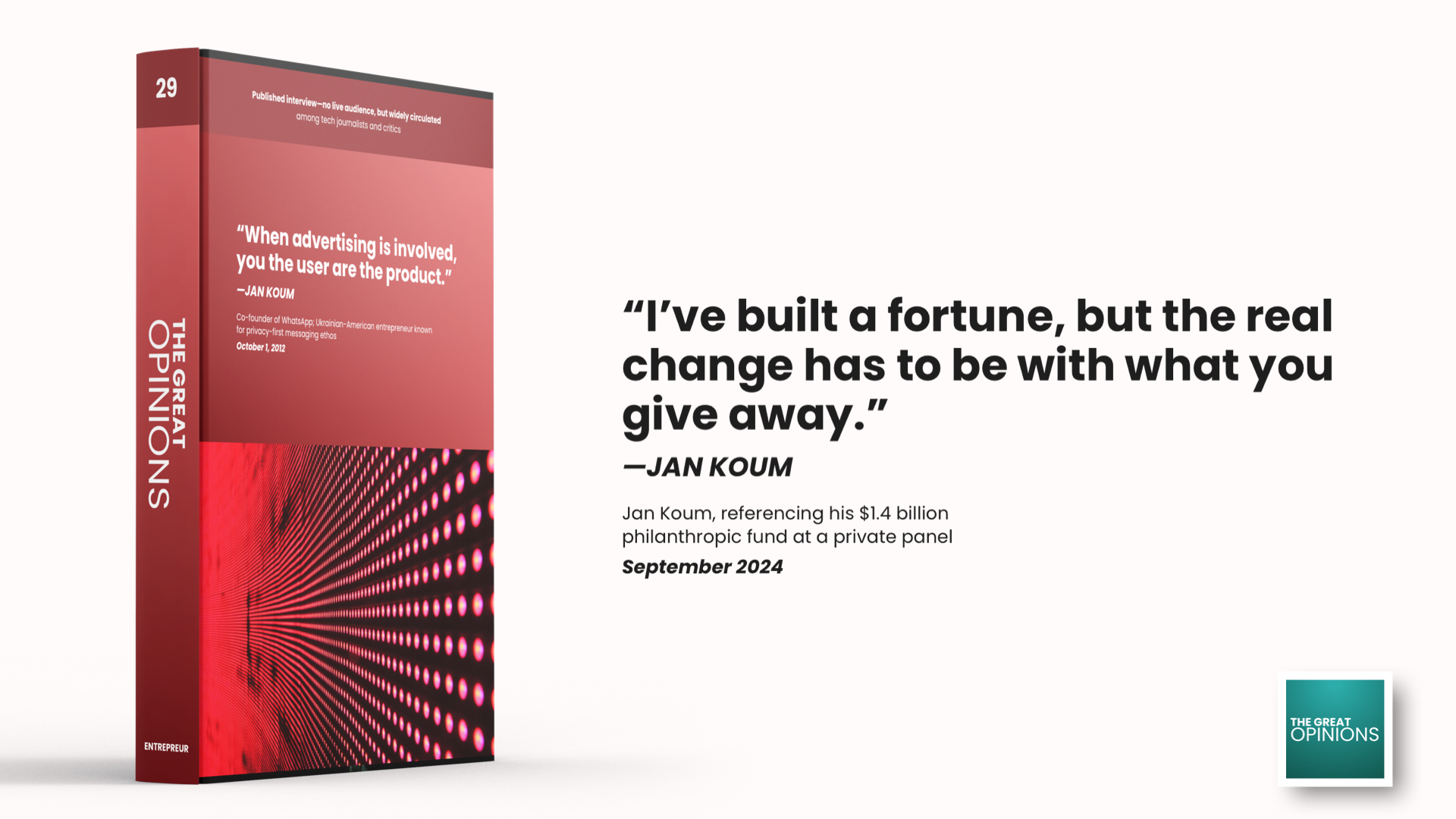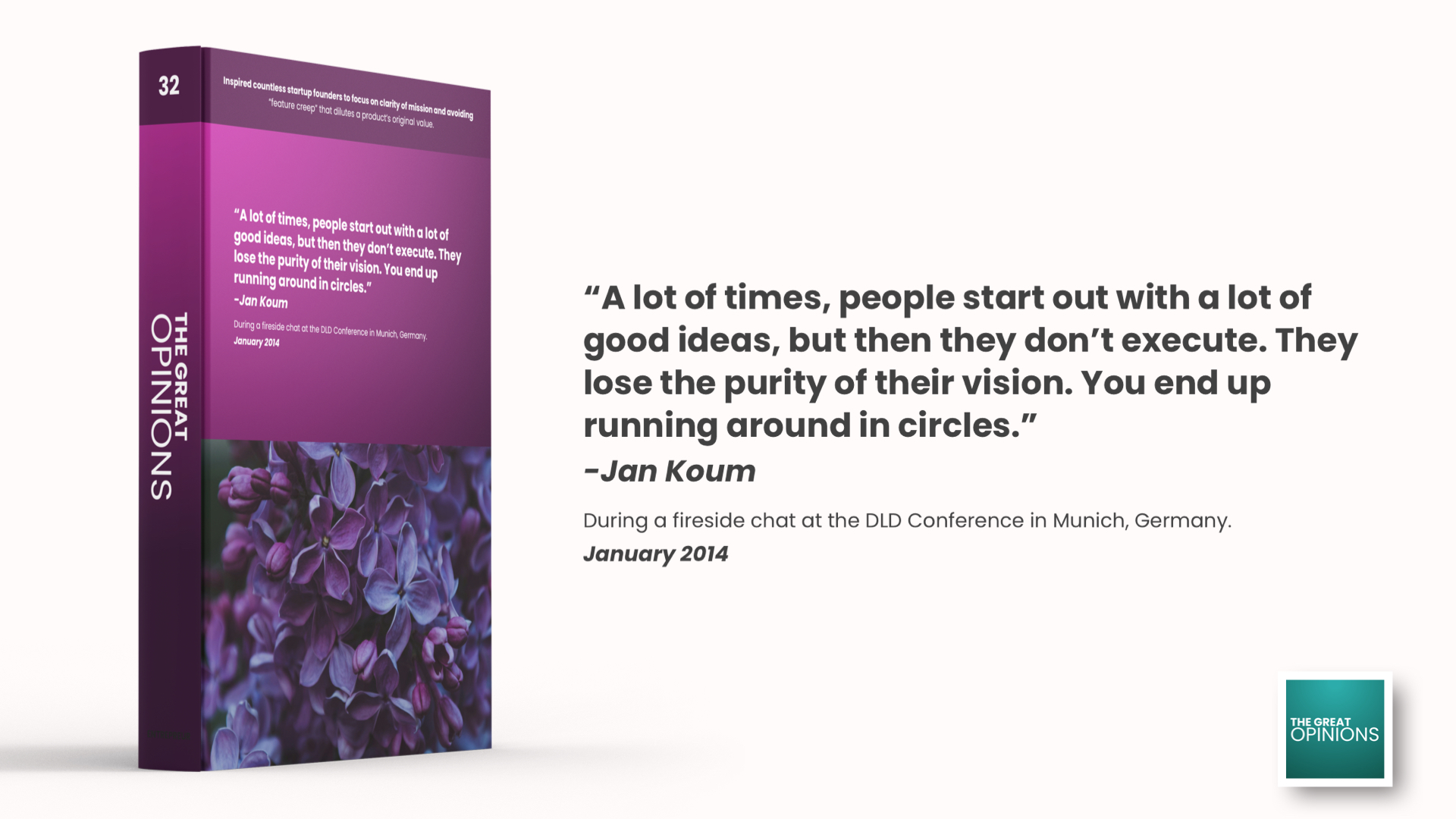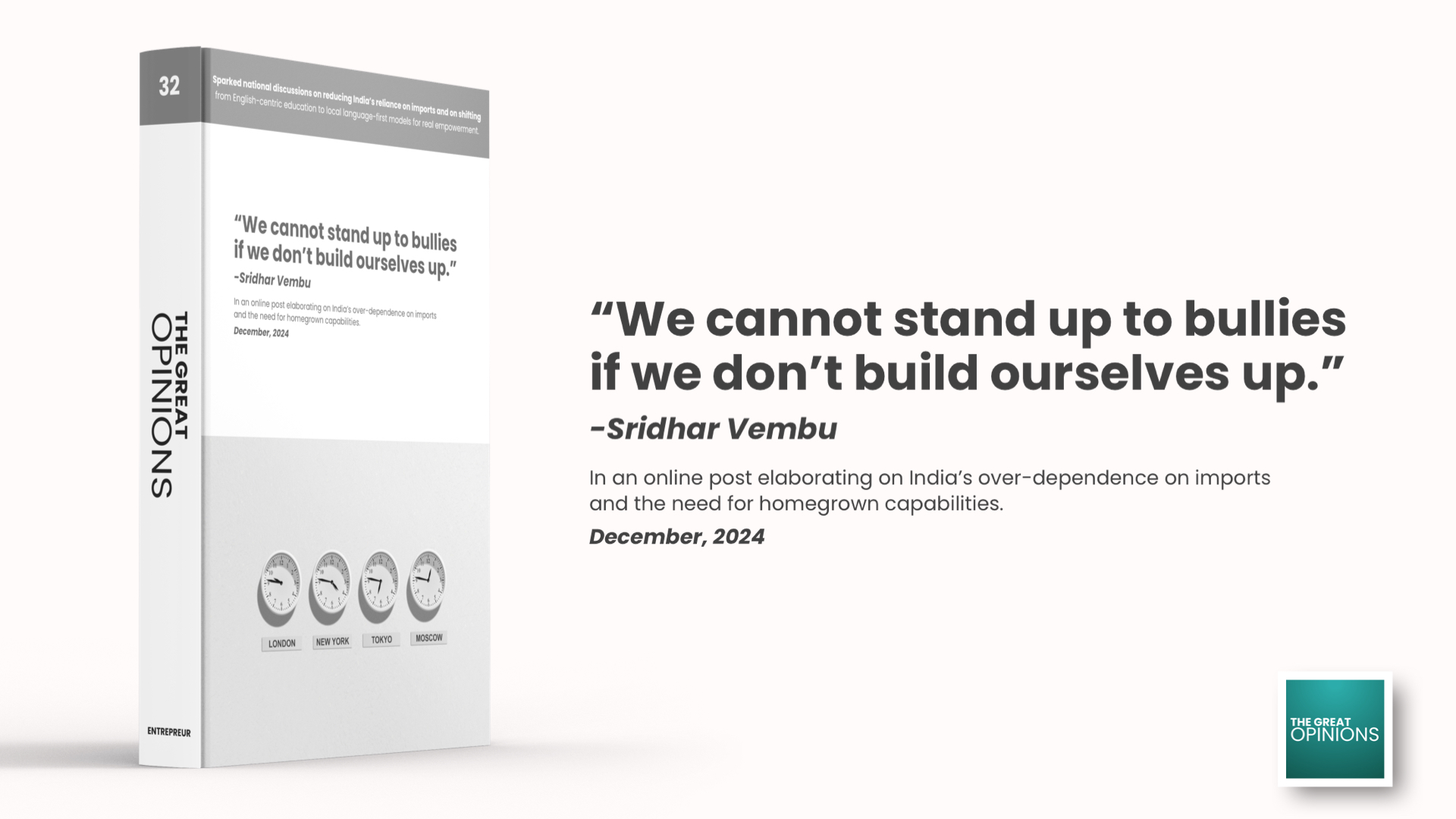CoinSwitch Kuber: From Concept to Unicorn
Navigating Regulatory and Market Waves
“The Best Trade I Ever Made Wasn’t Crypto. It Was Quitting My Job.”
It was March 3, 2024.
The Global Fintech Conference in Singapore was buzzing. Industry titans were on stage. Ashish Singhal—casually dressed, unassuming, yet brimming with calm intensity—walked up to the podium.
He paused. Smiled. And then said,
“The best trade I ever made wasn’t crypto. It was quitting my job.”
No gasps. Just silence. Then a wave of nods. Because what he said wasn’t just about him—it was a mirror held up to thousands sitting in that room, and millions watching online.
But how did a boy from Ghaziabad, who once built software for e-commerce giants, come to build a crypto unicorn? This is that story.
| Topic | Details |
| Who is Ashish Singhal? | Founder & CEO of CoinSwitch Kuber; former Amazon engineer; blockchain advocate. |
| Education | Computer Science graduate from Netaji Subhas Institute of Technology (NSIT), Delhi. |
| Career Before Crypto | Worked at Amazon, Microsoft, and Livspace as a Software Development Engineer. |
| Quote | “The best trade I ever made wasn’t crypto. It was quitting my job.” |
| Where It Was Said | At the Global Fintech Conference 2024 in Singapore, during a keynote on risk and innovation. |
| Date of Statement | March 3, 2024 |
| Occasion/Setting | Ashish was speaking about personal conviction during the CoinSwitch journey. |
| Audience/Witnesses | Investors, fintech leaders, and startup founders; hosted by FinTech Collective. |
| Why It Matters | It reframes success away from financial metrics toward personal conviction and bold choices. |
| Covered By | StartUpPedia, Economic Times, Moneycontrol, and CNBC-TV18. |
| Impact | Sparked viral content on LinkedIn and inspired young entrepreneurs to re-evaluate their path. |
Disclaimer
This article is a narrative reconstruction based on verified public statements, factual timelines, and real-life milestones from the professional journey of Ashish Singhal, CEO of CoinSwitch Kuber. While every care has been taken to ensure accuracy, the story has been presented in a cinematic, novel-style format to enhance readability and engagement. No fictional events or fabricated claims have been included. All dialogue and emotional arcs are drawn from real quotes, interviews, and public data, restructured into a storytelling format that honors both truth and narrative flow.
It was a humid Bengaluru evening when Ashish Singhal stood near the balcony of his Koramangala apartment, staring out into the haze of traffic lights and honking horns. The city pulsed with the restless dreams of India’s startup elite, but inside him, something had begun to still. That morning, he had declined a prestigious promotion at Amazon. It was the culmination of years of working across complex software systems. Any other engineer would have celebrated. Ashish, instead, sat at his desk and whispered to himself, This isn’t what I was born to build.
This wasn’t impulsive rebellion. It was the slow culmination of every side-project he’d ever started, every Bitcoin whitepaper he’d ever read, every late-night discussion with friends about decentralization and financial inclusion. He wasn’t just walking away from a paycheck. He was betting on an idea. And not just any idea — but one that would challenge every traditional thought about money in India.
In his IIT days, Ashish was the kind of guy who didn’t just attend lectures — he reverse-engineered them. He wrote code that danced around logic trees and broke into TopCoder rankings. In the bustling hostels of Roorkee, he found his tribe: people who believed in algorithms like other men believed in faith. There, he met Govind Soni — a quiet genius with an aptitude for distributed systems. What began as a friendship became the technical backbone of an idea years in the making.
After IIT, he floated between jobs — Microsoft, Amazon — but never between ambitions. What remained constant was a question: Why is access to investment so hard for the average Indian? While the elite traded stocks and crypto, the common man was still filling bank forms for fixed deposits.
In 2017, a crypto hackathon in Bangalore sparked the ignition. Ashish and Govind built a small tool to compare crypto prices across exchanges. They called it CoinSwitch. It was never supposed to be a business. But the tool attracted over a million users globally within its first year. Clearly, people were waiting for something like this.
But here was the rub — India still hadn’t embraced crypto. In fact, the regulatory landscape was filled with smoke and mirrors. Banks refused to partner. Payment gateways backed out. It was like building a railway when the government wasn’t even sure it wanted trains.
Ashish did what few founders would. He leaned in, not away. If the path doesn’t exist, build it anyway, he thought.
CoinSwitch Kuber launched in June 2020 — a platform tailored for Indian investors. Not geeks, not whales. Common people. School teachers, kirana store owners, salaried employees. The app was sleek, intuitive, and most importantly, built trust. Where other exchanges bombarded users with jargon, Kuber spoke in simplicity: “Invest in Bitcoin, starting at ₹100.”
Within a year, CoinSwitch Kuber had over 10 million users.
The numbers were mind-numbing. The valuation crossed $1.9 billion. Andreessen Horowitz came onboard. Tiger Global followed. Suddenly, the boy from Roorkee was dining with VCs in Silicon Valley — discussing the future of Web3 and India’s place in it.
But here’s what most people didn’t see.
In between those soaring valuation decks and unicorn headlines, Ashish was still the guy fixing bugs at 2 a.m., writing product notes, debating UI tweaks, and texting his dev team, “Can we shave off 0.2 seconds from the onboarding journey?”
Because for Ashish, the product was the culture.
During a team townhall, someone asked, “What’s our exit strategy?”
Ashish smiled. “We’re not building to exit. We’re building so that people who’ve never invested in anything before… finally do.”
When he once spoke at a private gathering of fintech founders, someone asked, “What’s the best trade you’ve made so far?”
There were laughs in the room. People expected a ticker symbol. Maybe a story about selling Dogecoin before the crash.
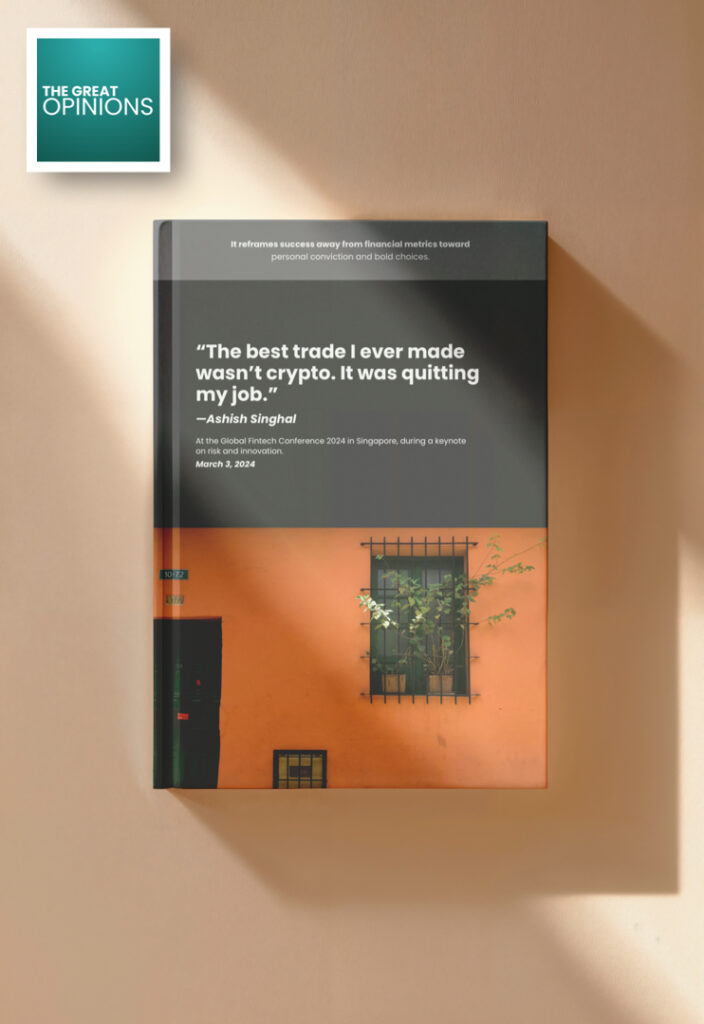
Ashish paused, sipped water, and said:
“The best trade I ever made wasn’t crypto. It was quitting my job.”
There was silence. A different kind of silence — the kind that respects honesty.
What he meant wasn’t just about employment. It was about shedding the safety nets of predictability to chase a larger purpose. It was about leaving behind comfort to build infrastructure that didn’t exist yet.
CoinSwitch Kuber has since gone through its seasons. The 2021 bull run. The 2022 correction. The 2023 web3 fatigue. But Ashish’s clarity hasn’t wavered.
He keeps a handwritten quote above his desk. It reads: “In India, people making ₹10,000 an hour will spend an hour to save ₹500 on a flight.”
It’s not sarcasm. It’s insight. A reflection of how Indians value — or devalue — their time and money. This, to Ashish, was the wedge. He didn’t want CoinSwitch to be just a trading app. He wanted it to be India’s gateway to money consciousness.
In 2024, CoinSwitch launched SwitchOne — a single app that lets users invest, borrow, insure, and even learn about financial literacy in regional languages. The idea? Don’t just teach crypto. Teach value.
But Ashish’s journey hasn’t been without friction. The Indian regulatory system remains murky. RBI’s stance on crypto shifts like monsoon winds. At one point, banking partnerships were frozen. Payment gateways became jittery.
During a press interview, he was asked, “Are you worried CoinSwitch may not survive?”
Ashish looked into the camera and said, “Look, we’ve built through droughts before. I dropped out. I bootstrapped. I’ve lived in uncertainty. That’s not new for me. If there’s one thing I’m sure of — it’s that money will evolve. I just want to make sure India evolves with it.”
There’s a grainy picture of Ashish from his school days — standing next to a blackboard, holding a handmade science project. He’s grinning. Not because he won anything. But because he built something.
That’s who he is.
He may be worth hundreds of crores today. But he’ll still walk into a dev standup and ask, “Why does the P&L screen have two scrolls? Let’s fix that.”
Because at heart, he’s not a crypto king.
He’s a builder.
And in his world, the best trade isn’t capital. It’s conviction.
Chapter 1: The Firewall of Fear
Ashish wasn’t born into privilege. His parents, like many Indian middle-class families, valued two things: stability and a steady paycheck. From the age of 10, Ashish was solving problems—not the kind crypto would bring years later, but real-world ones: how to make an old PC work like new, how to fix a jammed printer cartridge, how to stretch ₹500 across a month of snacks and school supplies.
He didn’t dream of being a CEO. He dreamt of solving puzzles.
By the time he got into NSIT Delhi for Computer Science, he was already building bots and tools that solved problems most students hadn’t even imagined. During a hackathon in college, Ashish led a team that built a search algorithm faster than Google’s (in theory). He won. But what he won wasn’t a trophy—it was a glimpse of his future.
Still, he joined Amazon after college. Then Microsoft. A job at Livspace followed. It was safe. Structured. Rewarding. Until it wasn’t.
Chapter 2: The Exit Trade
In 2017, Ashish and his friend Govind Soni were tinkering with blockchain tech. But not in the way others were—he wasn’t mining Bitcoin, nor was he pitching crypto to investors. He was obsessed with usability. Why was trading crypto so painful for the average user?
“We asked ourselves—can we build the easiest crypto exchange in the world?”
That was the question that triggered the best trade he ever made: quitting his job.
No guaranteed income. No health insurance. No startup capital. But what he had was a problem he couldn’t ignore—and that’s what separates entrepreneurs from employees.
He told his parents.
They were silent for a moment. Then his father asked, “Crypto? Is it legal?”
Ashish smiled and said, “It will be. Because we’ll build it that way.”
And with that, he walked away from Livspace, not toward a product—but toward a conviction.
Chapter 3: The Genesis of CoinSwitch
Ashish and his three co-founders launched CoinSwitch in 2017 as a crypto aggregation platform for global exchanges. They didn’t even start in India. Why?
Because Indian laws were a blur.
Their MVP wasn’t beautiful, but it worked. It plugged APIs from over 300+ exchanges. One platform. Best rates. Simplified access.
By 2019, they had over a million users—but not in India.
Then came 2020. India lifted the banking ban on crypto.
It was time to come home.
That’s when CoinSwitch Kuber was born.
Chapter 4: From Kuber to Unicorn
In June 2020, amid a pandemic, CoinSwitch launched in India with a mission: simplify crypto for everyday Indians. And it worked.
By 2021, the app had 10 million+ users. Most had never invested before. It wasn’t just an exchange; it was a movement.
In October 2021, they raised $260 million from a16z and Coinbase Ventures, at a valuation of $1.9 billion—making CoinSwitch the second crypto unicorn in India, after CoinDCX.
When asked about the secret behind such rapid growth, Ashish said,
“We didn’t sell crypto. We sold understanding.”
He didn’t preach decentralization. He didn’t throw buzzwords. He built trust.
Chapter 5: Balancing the Burn
The problem with crypto? It’s volatile.
So was CoinSwitch’s journey.
When the market crashed in 2022, many Indian users withdrew. Government regulations tightened. FUD—fear, uncertainty, doubt—ripped through the ecosystem.
Ashish didn’t panic. He pivoted.
CoinSwitch began investing in non-crypto wealthtech, quietly preparing to evolve into a full-stack investment platform.
They launched CoinSwitch PRO, partnered with regulatory bodies, and doubled down on compliance.
“Building for India,” Ashish said, “means building for resilience.”
Chapter 6: Money is a Tool, Not the Goal
Ashish Singhal is now among India’s most recognized startup founders. But he doesn’t flaunt watches or buy supercars.
His real flex?
Helping his employees grow. Building tech that empowers tier-2 cities. Making wealth understandable.
He once tweeted,
“Indians making ₹10,000 an hour will still spend an hour to save ₹500 on flights. It’s not illogical. It’s our psychology. Build for that.”
It wasn’t just an observation—it was a thesis. Ashish’s portfolio today spans over a dozen startups through Singhal Foundation, and he’s a mentor to many new-age entrepreneurs.
He still writes code. Still replies to DMs. Still refuses to hire people who are “too cool for humility.”

Chapter 7: What Makes a Great Trade
In investing, timing is everything. But in life, conviction trumps all.
Ashish’s “trade” wasn’t just a career switch. It was a leap from predictability into purpose.
He didn’t just trade a job for a company. He traded security for scalability. Routine for relevance.
And today, CoinSwitch isn’t just a crypto exchange—it’s a case study on how to build trust in an untrusted ecosystem.
He built money. But more importantly, he built meaning.
Sources:
https://twitter.com/ashish343?ref_src=twsrc%5Egoogle%7Ctwcamp%5Eserp%7Ctwgr%5Eauthor
https://www.linkedin.com/in/ashish-singhal-peepalco/?originalSubdomain=in
https://coinswitch.co/building-blocks/author/ashish
https://restofworld.org/2024/3-minutes-with-ashish-singhal-coinswitch
https://www.planify.in/investors/ashish-singhal
https://wikitia.com/wiki/Ashish_Singhal
https://inc42.com/resources/5-reasons-why-india-needs-an-active-cryptocurrency-economy


